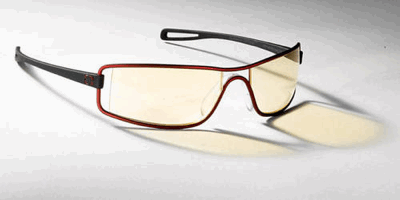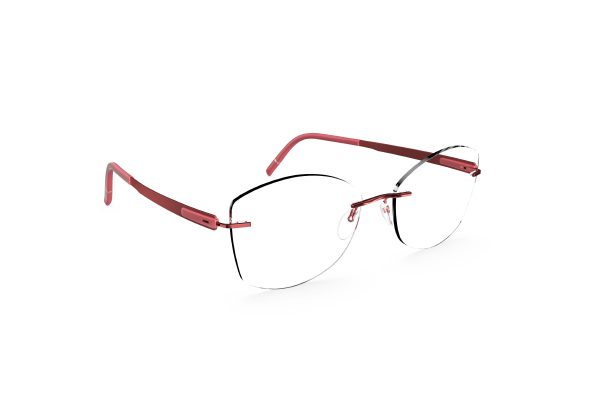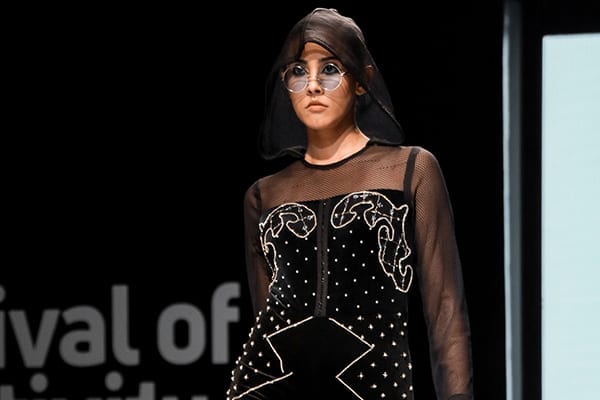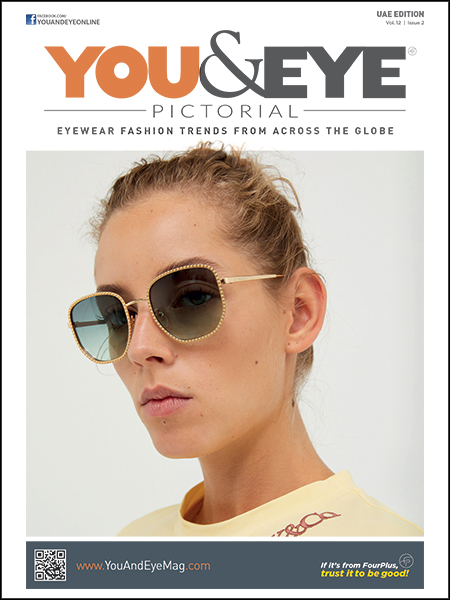Though 3D printed eyewear is already making news amongst eyewear users across the globe, its real place is in a future that is waiting in the wings
Eyewear fashion has witnessed the growth of several trends from time to time, in terms of use of innovative materials and latest technology that have played a pivotal role in shaping the style that people flaunt. Even as you read this, a revolutionary game-changing process that holds the potential to redefine the very perception of eyewear fashion, is underway. This process is the 3D printing of eyewear.
For those who are yet to hear about it, 3D is where customised eyewear is created through programming, saved in a file and transferred to any computer in the world where, provided you have the software and the requisite 3D printing machine as well as materials, you can print your eyewear. 3D printing may have come into existence several years back, but its intensified usage has started just recently.
From creating fun products and fashionable eyewear to working on the possibility of creating body organs in the future, 3D printing is a bit scary in its enormity but still extremely useful. As far as eyewear fashion is concerned, 3D printing continues to remain a lesser explored option, but yes, the interest in it is growing at a frantic pace. A couple of large eyewear companies have already forayed into this arena. In the United States, Protos Eyewear launched a crowdfunding project that became the core investment source for this venture. This hugely successful campaign raised $25,000, enough for the company to take flight.
Currently, the company is manufacturing 3D printed eyewear for its investors. However, inspite of the expenditure and the high cost at which it is being sold, 3D eyewear is fast gaining popularity. Far away, in Sydney, Australia, the successful online eyewear retailer, Sneaking Duck launched its first collection in 2013 and was instantly earmarked as a finalist in the innovation category for the 2014 Online Retail Industry Awards. So what makes this 3D printing technology so awe-inspiring?
Magic Of 3D Technology
John Mauriello, founder and principal designer at Protos Eyewear, explains that people’s faces are incredibly diverse and with 3D printing it is possible to make minute changes in the frames to facilitate a drastically better fit. The company has developed an algorithm that tailors frames to the customer’s unique features and style with just two pictures and sends this data to the 3D printer.
According to the company, the algorithm can rapidly make changes to the 3D models, allowing for more flexibility and less production time. The glasses are available in 8 different styles and the frames can be fitted with optical, sunglass or photochromic lenses. At Tom Stevens Eyewear, it all starts with a pen and paper sketch of the designs Tom Stevens would like to see included in the collection followed by a detailed manufacturing process that takes a few days. A great advantage of the Tom Stevens 3D eyewear is that it’s lightweight and adjusts just like a normal acetate frame. Unlike skeptics, Tom Stevens Eyewear believes that 3D eyewear is here to stay and that the processes will only get better.
Mykita, another leading eyewear company, also won recognition for its manufacturing process of Mylon. The collection has also been honoured with the Red Hot Design award in the field of product design. After spending several years in research, Mykita has perfected a complex process, later patented, in which the raw surface of the material is made wearable through a number of stages, thereby making the frames uniquely stylish.
Will 3D Printing Empower You To Print Your Glasses As You Like?
While the immense possibilities of the 3D printing process are taking the domain of eyewear fashion by storm, there is a question that still needs to be answered . If there comes a day when all eyewear can be customised to the finest detail and ordered online as well as printed within the cozy confines of your home, would this lead to a situation where everyone will be able to make their own glasses? Currently,the picture is not very clear. This is because not everybody is so gung-ho about 3D eyewear. Australian eyewear designer Paul Taylor, for instance, believes that 3D printing will never replace the good old regular manufacturing process. His vote also went for the traditional material, acetate that is much superior qualitatively than the nylon material used for 3D printing. Yet there are manufacturers in countries like China and several other parts of the world that are going full throttle on this.
So How Does The Product Look Now?
Apparently, pretty awful. At least those made with nylon. They are also quite uncomfortable. This is because the glasses that are made from nylon can’t be heated and therefore there are times when they don’t adjust comfortably on a person’s face. The search is on now to find a suitable replacement which would be easy to use in the manufacturing or printing process, and would also be extremely cost-efficient, and finally should be truly comfortable to wear. Irrespective of the medium used, it is a given fact that 3D printers are here for good. People will eventually download patterns for the frame they want, experiment with colour, shape and size using their own 3D printer, then send them off or drop into a dedicated 3D printing bureau to have the final product made to order.







